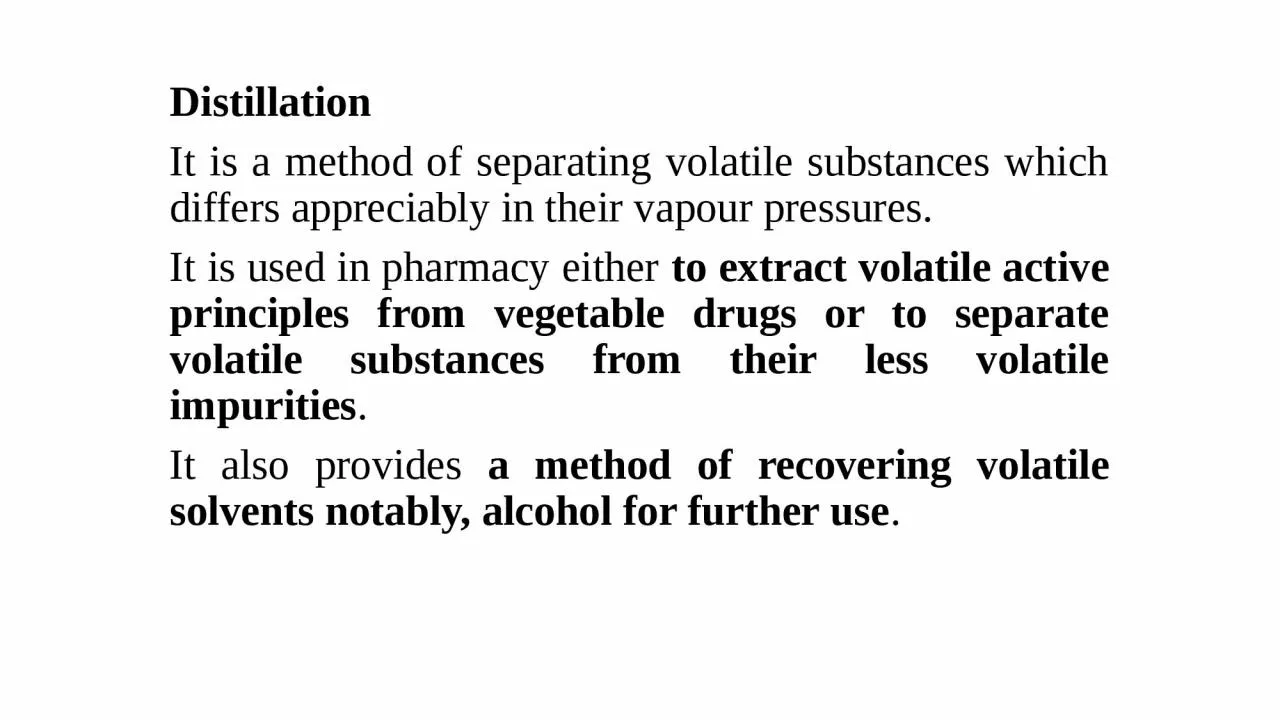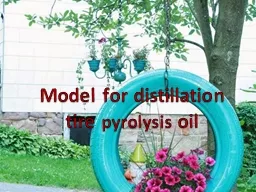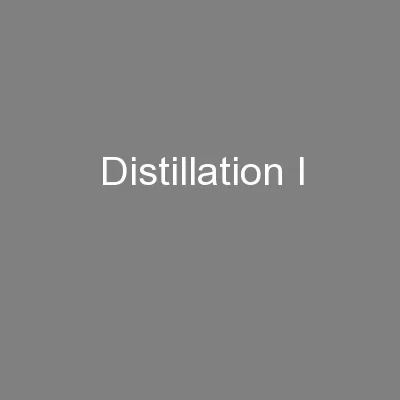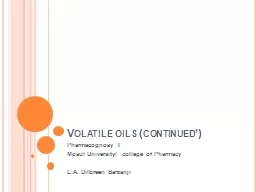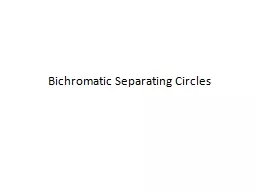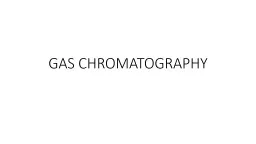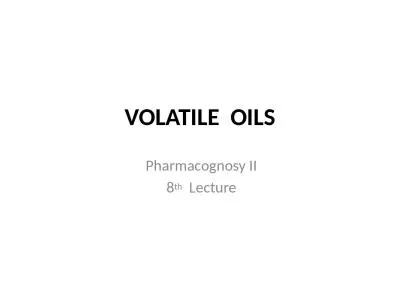PPT-Distillation It is a method of separating volatile substances which differs appreciably
Author : natalie | Published Date : 2024-02-09
It is used in pharmacy either to extract volatile active principles from vegetable drugs or to separate volatile substances from their less volatile impurities
Presentation Embed Code
Download Presentation
Download Presentation The PPT/PDF document "Distillation It is a method of separatin..." is the property of its rightful owner. Permission is granted to download and print the materials on this website for personal, non-commercial use only, and to display it on your personal computer provided you do not modify the materials and that you retain all copyright notices contained in the materials. By downloading content from our website, you accept the terms of this agreement.
Distillation It is a method of separating volatile substances which differs appreciably: Transcript
Download Rules Of Document
"Distillation It is a method of separating volatile substances which differs appreciably"The content belongs to its owner. You may download and print it for personal use, without modification, and keep all copyright notices. By downloading, you agree to these terms.
Related Documents

